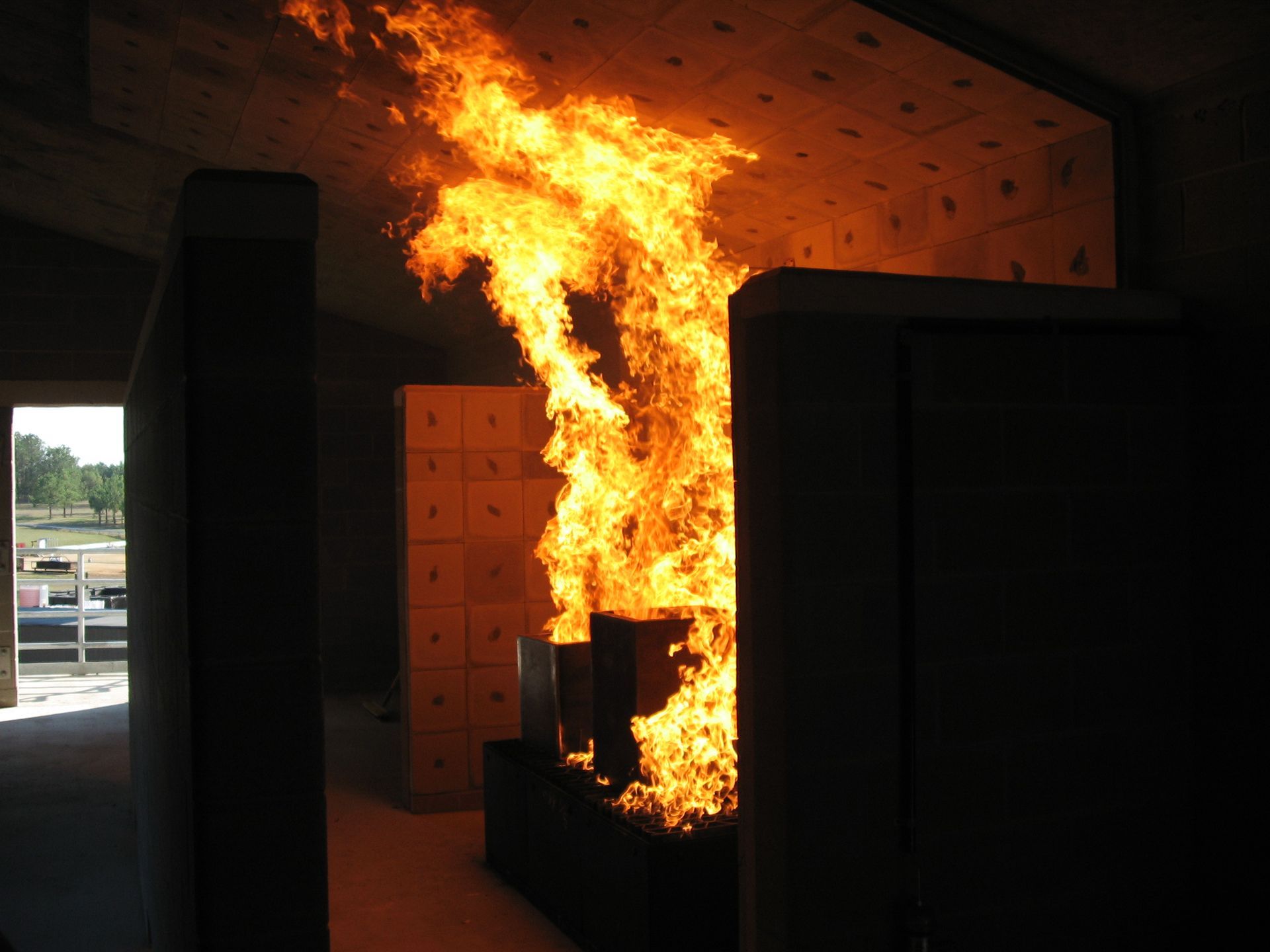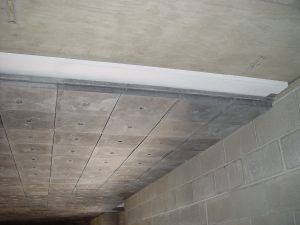Contact us for a consultation: 800-411-6313 • information@firetrain.com
Regarding System Maintenance


Five Year Maintenance & Check Up

Five Year Maintenance & Check Up
Dear Customer:
We expect our System 203 lining systems to last at least twenty-years. NFPA mandates that live fire training structures be inspected every five years by a structural engineer specializing in live fire training structures. Because our lining systems typically cover most of the structural elements in a burn building, preventing the inspecting engineer from conducting a thorough visual inspection; and because the engineers do not thoroughly inspect our lining system, it is important to have HTL complete a maintenance on our systems at the same time the engineer performs their inspection.
Two maintenance cycles should ensure that you attain the expected twenty-year lining-life. The total cost for both maintenance services is typically only about 5% to 10% of the initial cost of the installation.
Our services include a thorough evaluation and maintenance of the lining system. We remove and replace inspection tiles to facilitate the engineer’s inspection. We go through the system, looking for damage from normal wear and tear, and possible damage from water migrating behind the systems. We replace bolt hole mortar as needed, tighten the system and replace damaged refractory cast-in-place packing and/or curbs. We may also make comments and/or recommendations with respect to the overall structure if we observe deficiencies.
Since our systems are lasting longer than even we projected, we feel it is incumbent upon HTL and yourself to take proactive steps to confirm that your training structure is safe, sound, and capable of providing continued service throughout the life of the lining. We hope you agree that this is a logical and prudent approach.
We make every effort to coordinate with your schedules to avoid disruptions to training.
Please let us know if you require a proposal or contact us to let us know how your structure and our lining system are performing. Thanks for your time and safe training.
Bill/William E. Glover


800-411-6133
Design/Estimating/Construction- ext 1 (Bill Glover)
Accounting/General - ext 6
PO Box 1240
White Stone, VA
22578
2017 - E. H. Glover Inc. - High Temperature Linings | All Rights Reserved | 800-411-6313 | information@firetrain.com
